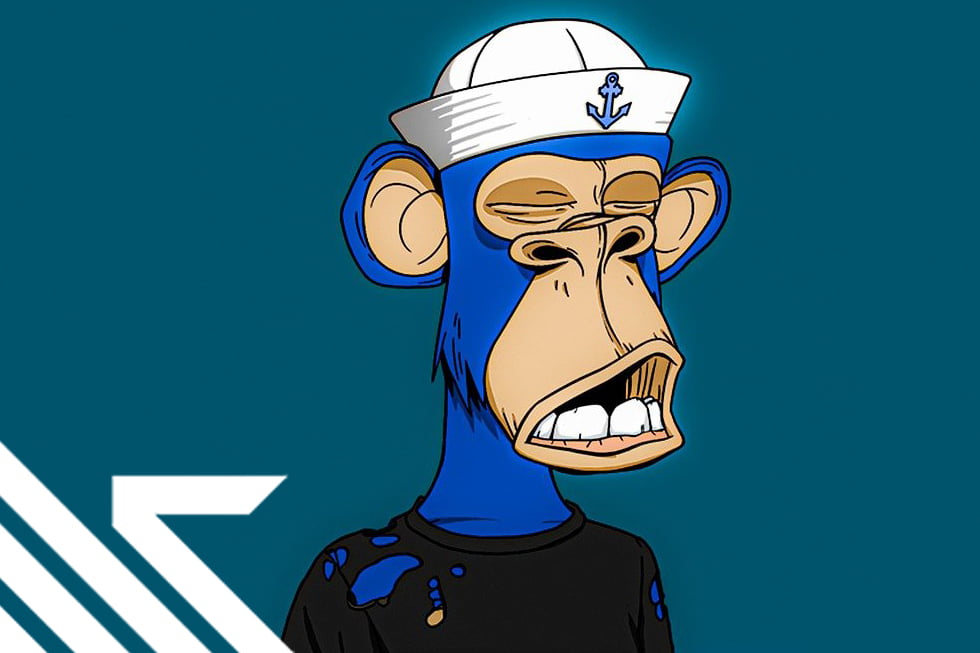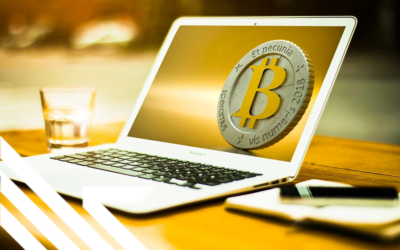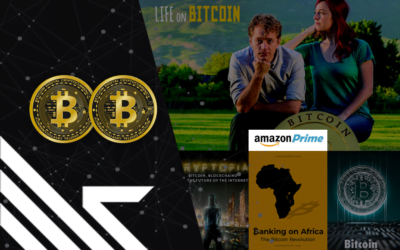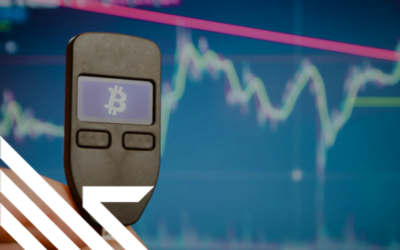‘The truth is no online database will replace your daily newspaper, no CD-ROM can take the place of a competent teacher, and no computer network will change the way the government works.’
This excerpt is from Clifford Stoll’s infamous article Why the Web Won’t Be Nirvana published by Newsweek in 1995. In the article, Clifford Stoll, an American astronomer and author, so eloquently countered the optimism of those who thought that, in a few years, the internet would play an important role in how society functioned.
Today, most news is consumed online. Nearly everyone has taken an online class. Most government services are delivered through the internet. Meanwhile, the primary place to access Clifford Stoll’s books, and other forms of content, is online.
At this point, we are witnessing the emergence of blockchain, another technology that many believe has the potential to transform society the way the internet has in what is increasingly being described as web 3.0.
Blockchain is best known as the platform on which cryptocurrencies like Bitcoin (BTC), Litecoin (LTC) and Tether (USDT) exist. It, however, has numerous other applications, and one of those is non-fungible tokens (NFTs).
The concept of NFTs is already attracting interest, and the market value could easily surpass that of cryptocurrencies. Even the mainstream auction houses are getting involved with them.
Besides overseeing the sale of Everydays: The First 5000 days, one of the most expensive NFT art pieces (valued at over $69 million), Christie’s, a prominent auction house in operation since 1766, is building capacity to be a major player in the space.
The auction house has described NFTs as ‘the future of art.’
But is it?
If the NFT conversation has reached you, you likely fall into the category of those who see it as the future of art or those who think it is just another technological fad that another will replace in months.
At this point, it is hard to determine which of the two groups will be vindicated. But it is important to point out that the price to pay is higher if, as an artist, you don’t take some time to investigate this new technology.
If the concept is forgotten in a few months or years, you would have done what an artist would otherwise do; keep up to date with the evolution in the space.
If NFTs turn out to be a new, more secure and efficient format for managing and distributing art, you wouldn’t be like the writer who ignored the internet in its early days, and they had to work harder than those who embraced it earlier.
Indeed, the concept of NFTs has the potential to change art the way the internet changed the concept of publishing.
Advertisement
Join Club Swan and get... more!
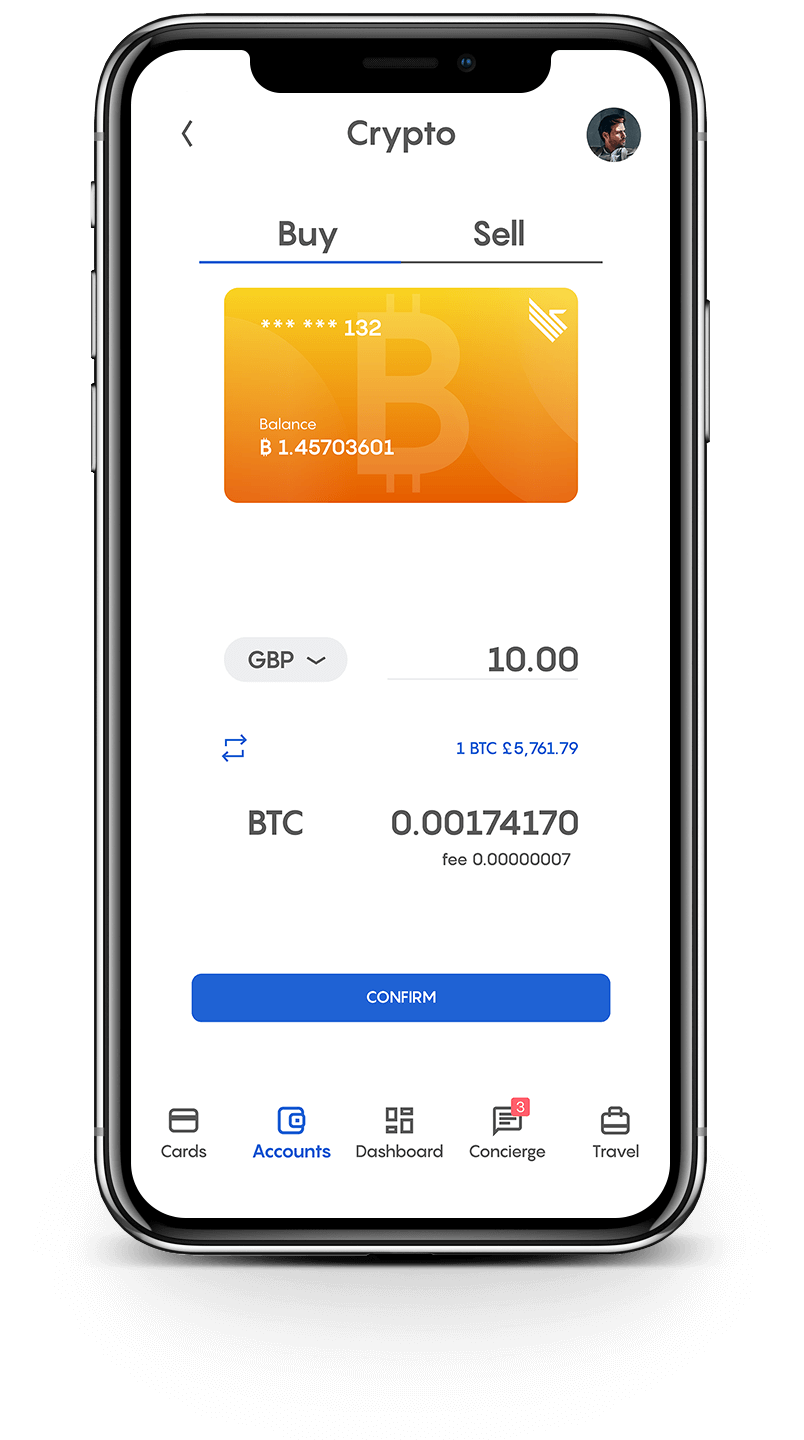
Buy and sell your crypto at the best rates and spend them or transfer them to another wallet. You can seamlessly spend your crypto with the Club Swan card anywhere in the world. Everything from one account, on one platform.
- Buy, sell or store 9 different crypto currencies, including: Bitcoin (BTC), Ethereum (ETH), Litecoin (LTC), Bitcoin Cash (BCH), Tether (USDT), BAT, Paxos (PAX), USD Coin (USDC) and EOS.
- Low fees from 0.5%*.
- One simple rate for buy and sell. No hidden margin built into our prices.
- Seamlessly spend your crypto with the Club Swan card.
- Turn your crypto into traditional currencies.
- Quick and simple wallet to wallet transfers.
- Free transfers between Club Swan members.*
- 24/7 Customer support.
Club Swan's flexible account gives you access to multiple traditional currencies, live real time exchange rates, bank transfers and an elegant metal card allowing you to spend in more than 150 currencies around the globe.
- Live traditional currency exchange rates.
- Bank transfer exchange rates typically 4-8% better than high street banks.
- USD, GBP, EUR, CNY, and JPY accounts*.
- Transfer funds in and out of your account with SEPA/SWIFT/Faster Payment/Fed Wire Payments.
- Spend 150+ traditional currencies around the globe with Club Swan card.
- International ATM withdrawals.
- Daily ATM withdrawal limit $1,500.
- High account limits.
- Free transfers between Club Swan members*.
- FCA regulated for your peace of mind**.
- 24/7 Customer support.
Save precious time and money. Use your Club Swan virtual assistant for your travel needs. We also offer personal shopping, VIP event access and unique experiences.
- Save up to 40% on flights and holidays.
- Exclusive negotiated rates on First and Business class airfares.
- Private transfers.
- Luxury car rentals.
- Personal shopping assistant.
- Luxury product procurement.
- Concert tickets.
- Activity experiences.
- Event access.
- VIP dining & restaurant bookings.
- Private event & party coordination.
- 24/7 live chat concierge support.
What exactly is an NFT?
An NFT is a digital asset that is stored on the blockchain. It could be digital art, a photo, video, music or even an in-game asset like a character, skin or weapon.
We can say that NFT is another format for storing and sharing digital assets. While, for the most part, the nature of the digital asset does not change when it is stored on the blockchain, new opportunities are created for both the artist as well as the consumers.
When you upload your digital asset or art on the blockchain, it acquires the following new qualities:
Non-replicability
Over the years, the ability to create art in digital form has increased. Indeed, today much of the art is created and consumed in the digital form. That ranges from art paintings, images, audio compositions and videos.
However, creating art in digital form results in one particular major problem. It becomes difficult to make the art rare. It has been so easy to copy and replicate digital files.
For example, if you paint a nice piece of art on a tablet and share it on social media, it might take minutes before you have a million copies of the art circulating online. Even more disheartening, it will be difficult to tell which of the millions of copies is the original one.
Meanwhile, throughout human history, what has given art value, besides the skill of the person who created it, is its rarity. For example, someone is willing to pay $450 million for the Salvator Mundi because they understand they will own the only copy or the verifiable original copy.
Before NFT, besides having a central authority manage the existence of a digital asset, the only other way to make it rare was to burn it on a CD or a storage drive and secure it in a vault to avoid someone sticking it in a computer and creating copies.
For example, when the American hip hop group Wu-Tang Clan decided to turn their Once Upon A Time In Shaolin album into an art collectable, they burned it on a CD, which remains under lock and key.
When a piece of art is turned into an NFT on the blockchain, it is accessible to the public. Still, it is difficult to create new copies, but it is also easy to verify and authenticate the original copy. Also, when you send an NFT, you don’t retain a copy of it.
Immutability
Another challenge with digital assets is that the nature of the file can easily be changed through editing. For example, an image can be changed using applications like photoshop. With the increased use of deepfake technology, it is becoming difficult to tell whether a video is tampered with or not.
As it is easy to edit a digital file, it becomes difficult to guarantee it retains the same characteristic and nature when passed from one person to another. If the Monalisa, for example, is edited every time it is in the hands of a new owner, it is likely to lose its inherent value. A piece of art must retain its shape, nature and quality.
The blockchain makes it possible that a digital asset can retain its original characteristic and value after it is created. As an NFT on the blockchain, digital art becomes impossible to edit or change its nature unless through a smart contract established at the point of its minting.
The immutability makes it possible that digital art created today can exist in its original form for thousands of years, just like the Salvator Mundi has survived as a physical painting in the same shape for hundreds of years.
Independent of platform
The concept of digital assets becoming highly valued precedes the blockchain. For example, video game skins and weapons are traded on the secondary markets. Today, trading virtual items in video games is a market worth over $50 billion.
However, these virtual assets in the gaming industry exist on centralized platforms. If the entities running these platforms cease to exist, the assets will no longer be available. Also, the platform admins can choose to kick out users, and when this happens, they don’t leave with the assets they own.
When the assets exist as NFTs, the users have true ownership. That means they can exit any platform with their assets. The existence of the assets relies on a peer-to-peer network and not a company or centralized entity.
This creates the possibility that owners of digital assets are free to move with them from one platform to another.
Easy to transact peer-to-peer
Most digital assets outside the blockchain can only be traded through central facilitators and marketplaces. These third-party facilitators have to get a cut of the value generated, this pushes the cost of transacting up.
More importantly, the third parties have to approve every transaction. That limits the market that the creators and holders of digital art can reach.
As an artist, you can sell your pieces directly to the buyer without involving a third party. That means you get to keep much of your art’s value. In other words, when your digital art is in the form of NFTs, you don’t need to appease gatekeepers.
Global
When digital assets are distributed through centralized parties, they are likely to limit the market that can be reached. For example, you can’t use Spotify in all countries around the world.
The reasons why as an artist you cant reach all markets are many. The list includes the lack of local partners, international treaties, and low volumes in some regions, making it costly for centralized service providers to cater to them.
However, as an NFT on the blockchain, you can sell your art to anyone who has access to the internet. The Blockchain platforms don’t recognize boundaries and the speed of transaction is the same, the location of the parties notwithstanding.
You also don’t have to worry about payment methods as the transactions are settled using crypto, which also works across international boundaries. This will likely give you more market to sell your creations as an artist.
Easy to create assets
Many artists struggle to find a place to showcase their art pieces. They often must catch gatekeepers’ attention, such as studios, production companies or auction houses.
The Blockchain through NFTs makes it easier for an artist to create their content and have it out there to compete and be judged based only on its quality. Who they know or the contracts they have signed become less relevant.
As it should be, the hard part is only coming up with attractive or interesting art pieces. Meanwhile, making them available to the market takes only a few clicks on the computer.
Provenance
One of the biggest problems the art industry has faced is the fake pieces in circulation. According to some reports, the fake art industry is worth over $30 million.
This takes value away from the genuine creators and holders of art. However, securing the provenance of art pieces has remained a challenge. The blockchain seems to offer a solution that could make it easy for art buyers to tell the originals from the forgeries.
Indeed, blockchain is not only useful in this regard, only digital art. Already a few startups are creating systems on the blockchain for tracking physical art pieces. If a piece of art is registered on the blockchain with an NFT identity, a buyer does not need third party notaries to prove ownership.
A buyer and seller match on a marketplace, and with little effort, the buyer can authenticate that the seller owns the original piece of art. The buyer might need an expert to prove that the seller has indeed handed over the original copy they have in their possession.
For digital art, however, no expert is required before a transaction is executed.
Highly monetizable
Perhaps the biggest benefit artists will get from converting their works into NFTs is having more ways to create value. Besides licensing it for use on online platforms, they can sell it as collectables or even collect royalties.
Using other blockchain applications, particularly smart contracts, an artist can create a revenue stream that continues to remit into their digital wallets decades after creating an art piece.
For example, a smart contract can be programmed into the digital art at minting, stipulating that the creator gets 10% of the price every time the art is tradable. The participants do not have to do anything. When the buyer makes a payment, the smart contract automatically deducts royalties and sends them to the creator.
Club Swan has created a mechanism an artist can sell their work to payment cardholders, who can then have the artwork on the card.
When a user sees an artwork on a marketplace, likes it and puts an order, the artist gets a cut from the payment. The other part goes to the company, which then produces the card, provides it with the payment capability and ships it to the user.
A smart contract manages the transaction between the artist, the user and Club Swan.
So as an artist, NFT puts in your hands more control over your work and more opportunities to create value for yourself from it.
With NFTs, artists get a more efficient way of managing and monetizing art. There is an ease in accessing, verifying, and authenticating the art pieces and true ownership on the consumer side.
Image courtesy of Pixabay.

